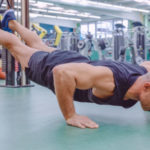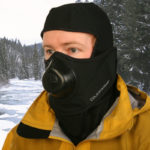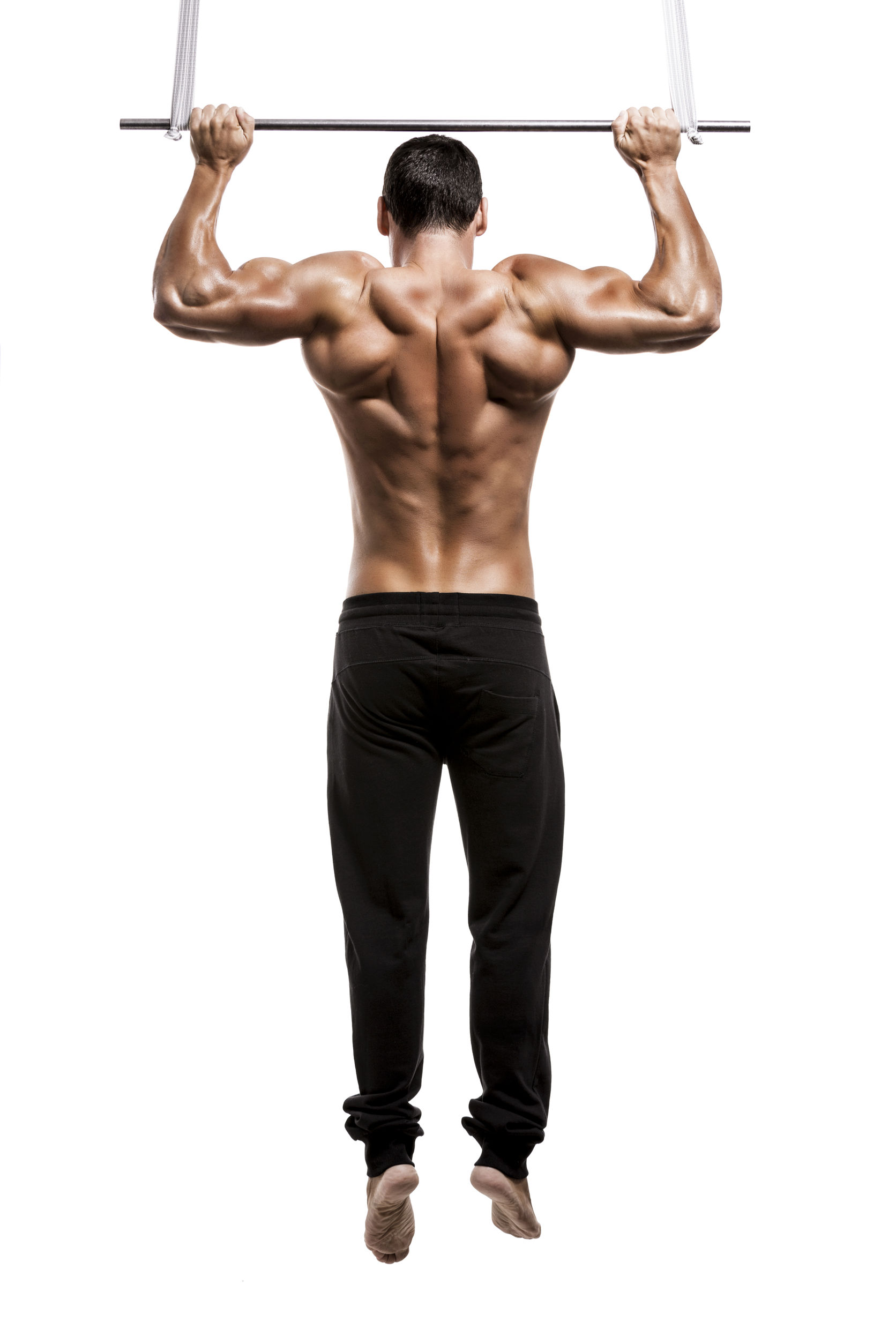Many injuries can be avoided and/or healed more quickly by strengthening groups around the injured area. Often, you may find yourself with a sore deltoid area due to training in the same manner for long periods. For example, suppose you train often with exercises such as standing lateral raises, bench press, and kickbacks.
The muscles being worked with these exercises are usually the primary muscle groups in each exercise. However, suppose you get an injury in the delt area, particularly the anterior delt that just doesn’t seem to go away. How can you help heal it? Try adding some upright rows, Olympic hammer curls, and light weight front raises to your routine. Doing so will work muscles around the delts that, while involving the delt, will do so in a gradual manner and thus, allow sore areas to heal quickly. There are many variations of this, but it is not possible to discuss them all. The important thing is to work around injured areas and to train with balance between muscle groups.
As an example of the above, let’s comment on the importance of creating a balance of strength between the triceps and biceps? (i.e. why it’s not good to overdo biceps while neglecting tri’s, as many of our readers unfortunately do).
It is extremely important to balance strength training between biceps and triceps exercises. The primary reasoning for this is joint stabilization. The joints stabilized by strengthening the biceps and triceps are both the shoulder and elbow joints. Failure to train each group properly and in balance can result in either a weak elbow or shoulder joint or both, which may not be apparent until you get injured from a related exercise or movement. To understand what is not as easy to see with these muscle groups, visualize a person who does lots of bench presses but little back work such as T-bar rows, etc. to balance the chest work.
The person appears hunched forward at the shoulders. The reason is because the back muscles are overpowered by the more worked chest muscles. The result can be an overtired back that hurts while sitting at a desk, vertebrae misalignment and a host of other problems.
What happens when we train the biceps more than the triceps? Without a complete anatomy lesson and mentioning only a few of the muscles involved, the lower part of the triceps attaches to the proximal end of the elbow, while the biceps tie in from the shoulder to the front of the radius, i.e., both muscles stabilize the elbow.
On the other end at the shoulder joint, where the humerus is attached in the rotator cup, the long head of the triceps attaches at the end of the scapula and the short head attaches to the humerus behind. Also, the brachialis, which is worked by biceps curls, attaches from mid humerus to the ulna, while the caracobrachialis attaches to the clavicle and then, to mid humerus. While there are many muscles involved in the process such as the extensor carpi in the forearm that also help stabilize the elbow joint, one can quickly see the importance of strengthening both groups.
Furthermore, you would have to ask what is of most importance? Is it purposely isolating and strengthening specific muscles such as the biceps or is it total strength of the body overall for better mobility, flexibility, etc.?
To increase total strength and body conditioning, it is better to perform compound exercises such as the Olympic Hammer Curl that works many of these muscles in unison. Workout intensity is increased while time spent exercising is made more efficient. I would be happy to write an article for you regarding these types of exercises that would include a three month training schedule, fat loss, etc. Mainly because some of these exercises are shown in various magazines, but very poorly and with little explanation of what they can really do for the average person or even competitive athlete.
Also, remember that each exercise you do usually has varying positions in stance, grip, etc. So, simply by changing the width of grip or stance, you strengthen other muscle groups and help avoid injury. Using the example above concerning biceps and triceps, this leads to a question: For full development, how necessary is it to employ different grips in triceps and biceps exercises? (pronated, hammer, underhand…)
It’s important to vary your grip and width when performing these exercises. Not only these exercises, but all others. Generally, those who workout are unaware that there are usually three different positions/grips for most strength-training exercises. Why should one worry about grip position or width? Let’s look at the biceps curl as an example.
If you use a close or narrow grip with a barbell, the biceps long head will be most worked. To work the short head of the biceps, which is on the inside of the arm, you must use a wide grip. I’ve noticed that most people tend to use a wider grip that works the short head and when you see them place his or her hands on their hips, the biceps muscle, at least the long head part on the outside, is very small and disproportionate, even though he or she may feel a good strength level. The end result is that by using the same grip or width all the time, you create an imbalance in both size and strength and also in joint stabilization as mentioned above. Like a program, vary the grip and width of these exercises for best, long-term results.
What are the keys to training and strengthening additional muscle groups in lieu of a main muscle? Often, I am asked about which muscles should be trained first in a superset or other training regimen. This is a common question: In a triceps/biceps superset, is there any benefit to doing either the biceps or triceps first in the set? Or, is it best to switch up from set-to-set or workout-to-workout?
This is a question that you may find disagreement on among many trainers and thus, many may disagree with my answer. In my opinion, it does not matter which exercise you perform first in a superset with these exercises.
The keys of knowledge here are to realize that smaller muscles warm up faster than larger muscles and in this respect you may want to perform the biceps exercise first. But more importantly, you must change up or vary your routine by workout day. This means that you should not use the same supersets all the time and that the exercises used to work these muscle groups should vary each workout. For example, on the first day you may perform supersets of alternate dumbbell curls with standing triceps press then, on the next day change it to something like barbell curls followed by weighted or non weighted dips, which is a compound exercise that compliments the biceps curls much more effectively for overall strength and also joint stabilization. There are many variations you can use so, plan a little ahead to vary your routine for best results.






